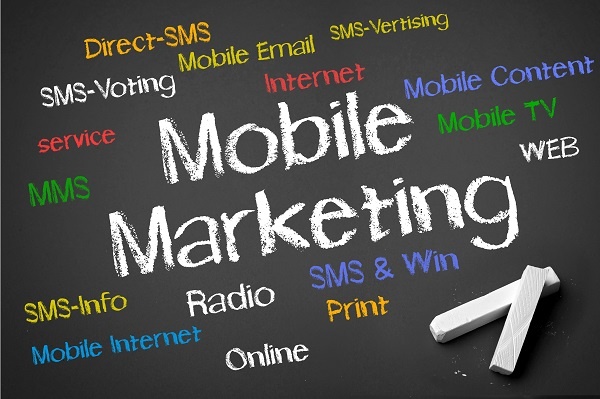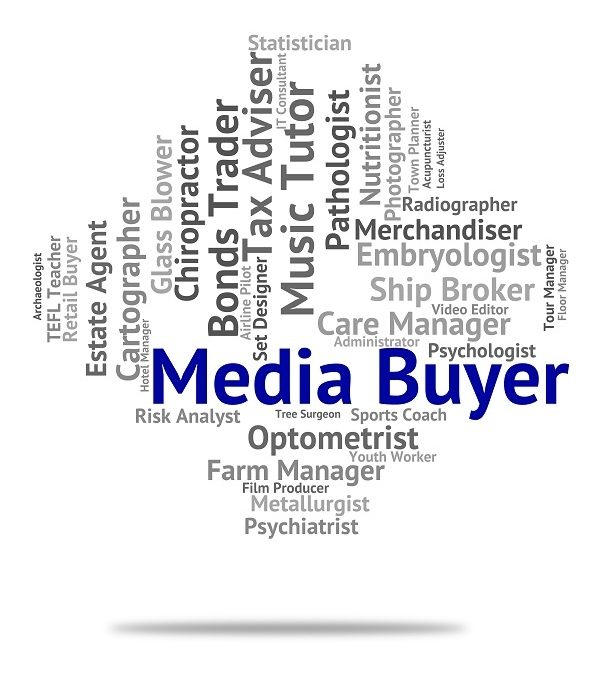
by Francois Muscat | May 21, 2018 | Blogging
Do you want to include blogging in your digital marketing mix? Great! Not only is content marketing one of the best ways to boost conversations and engagement, but it is also a vital part of any SEO (Search Engine Optimisation) strategy
For the purpose of this blog post, we are not referring to the maps or other items in the top of Google’s search results. We are discussing how to compete for organic space in the top ten blue links on page one of Google’s search results with local pages.
By ‘local pages’, we mean pages by a national or international business that are location specific. An example of this would be Indeed.com, who has location specific pages for Seattle, NYC, and other cities in America. Indeed.com doesn’t have a brick and mortar premises in these areas
. Here are a few things to do to get started with your blogging strategy:
- Consider Your Platform(s)
Where will you be publishing your blog posts? You could consider the following:
- Add a ‘newsroom’ or ‘articles’ tab on your website,
- You could launch a separate WordPress blog, or
- You could decide that you will only be publishing LinkedIn Pulse blogs.
Each option has pros and cons. So, chat with a digital marketer about the best option for your business.
Content creation can quickly become a time-consuming process, especially if writing is not your main job, in some cases, you may need some help fromhttps://www.salesforce.com/blog/2019/04/what-is-the-future-of-work.html. Consider how often you intend to publish blogs, whether other people in your business will also be contributing to the content schedule, and whether certain writing tasks can be outsourced to a copywriter.
If you have decided to publish a blog post every second week, then you will need a calendar with topics and themes that you have to stick to. All too often, people kick off their blogging strategy with a bang but quickly stop writing after the first post or two. A calendar will make sure you stick to your content plan and help you map out what to write about according to seasonal trends, promotions, launches, conferences, or other relevant events in your industry.
- Make Sure Your Content Gets Read
If you are publishing LinkedIn Pulse blogs but you only have 5 connections on LinkedIn, then you won’t be getting a lot of traction. Make sure you have social media profiles to share your content on, work on growing your online community and use other platforms (such as email, newsletters and your website) to distribute your content.
Do you need help with your digital marketing, social media or content marketing strategy? Then contact WSI OMS today.

by Francois Muscat | May 16, 2018 | Digital Media Marketing
What might appear to be a self-indulgent photo habit is actually much more than that. An infographic from Marketo connected this style of photography all the way back to Van Gogh’s self-portraits.
Many people view selfies as a way to convey self-confidence, but to others, it’s a sign that our culture is becoming more me-centric than ever before. Opinions aside, marketers shouldn’t underestimate the impact of or the place of a selfie in their future marketing plans.
Selfies are bigger than you think. It’s so common to take selfies that smartphone manufacturers have introduced front-facing cameras and the word ‘selfie’ has been inducted into the Oxford dictionary. Over 41-million selfies have been uploaded to Instagram alone and selfies also give you a pretty good idea of what millennial are into and things that appeal to them – which are great insights for your digital marketing strategy.
Millennial are growing into the biggest demographic, which means this is who you will be targeting for sales moving forward. The problem is that this generation doesn’t want content served up in the same old way, they want it to be personalised. Millennial have grown up in an era where customisation is the standard. iPods come in every colour, screensavers can be updated with your favourite colour and televisions can learn to automatically record shows that are suggested to you.
Your goal is to create brand messaging that achieves the same effect because, at the end of the day, millennials are drawn to experiences that feel unique to their likes and dislikes. When you can tap into the selfie, you will earn loyal customers that feel connected to your brand.
Need help with your digital marketing or social media marketing strategy? Then contact WSI OMS today.

by Francois Muscat | May 14, 2018 | Social Media Marketing
Social media is a great way to spread your content and engage with thought leaders in your industry, but many companies aren’t thinking about how these platforms can be used to boost their brands’ reputation as well. Here are a few ways to do this on social media:
Hashtags on Instagram and Twitter are one of the best ways to get involved in a conversation. If there is news in your industry, a relevant event or conference, or something that your brand should be involved in, start sharing opinions, media and content with the hashtag in the Tweet or description. This will help people come across your content and brand when they are searching for the hashtag and it could get your brand in front of people who have never even heard of you before.
- Offer Client Service Support
Take a look at how banks, e-commerce companies and insurance institutions are using social media to help their clients. If a customer or potential customer has a question about your company, service or product, they should be able to ask you on social media and get a response from you within a short amount of time. If you don’t have the capacity to monitor your social media channels on a daily basis, consider hiring a social media manager or community manager to help you. Being responsive can go a long way in boosting your brand online.
- Plan Your Content In Advance
One area where a company’s social media marketing strategy usually falls flat is when it comes to regularly adding content. Plan a content schedule in advance so that you know what type of content you will be sharing on social media throughout the month.
Do you need help with your digital strategy or social media marketing management? Then contact WSI OMS today.

by Francois Muscat | May 9, 2018 | Mobile Marketing
Native advertising has been all the rage in the media industry for quite some time. Essentially, native advertising is sponsored or paid for content that is written and crafted in such a way that it blends into the publication or platform where it is being published. This adds value to the publisher (because they’re getting paid), the target audience (because it’s the type of content they want to consume) as well as the advertiser (because they’re reaching their target audience).
As one can expect, native advertising has made its way to printed magazines, blogs, websites, social media and even mobile platforms. There are, however, a few things to keep in mind if you are embarking on a mobile marketing strategy that involves native advertising. With over 50% of Google searches coming from mobile devices, it’s worth your while to make sure you’re getting it right.
Cell phone screens are small, so any type of ad that you create shouldn’t hi-jack this space. If the ad you are running pops up on a person’s screen and they are unable to close it or click away, the ad won’t be doing your brand any favours. Your native mobile ad will only be appreciated if it flows seamlessly with the content that your reader is already busy consuming on their phones.
Native ads need to be non-obtrusive. It’s not enough that your ad works across platforms – it has to be designed with a mobile-first approach. If you need to make sure that your native mobile ads are aligning with user intent, then contact WSI OMS today.

by Francois Muscat | May 7, 2018 | SEO
If your digital marketing strategy is targeted at the faceless masses, then you’re fighting a losing battle. This hit-and-miss strategy may seem like it will help you hit more birds with a single stone. However, the reality is that you will never really be hitting the mark when it comes to speaking to your ideal customer.
A comprehensive buyer persona will help you to categorise your core customers according to their needs, likes and dislikes, spending habits, online habits, personalities, geography and demographics. This type of relevant information can help you craft your marketing messages logically so that the narrative really speaks to your potential buyers.
Creating buyer personas may seem like a laborious exercise, but once this is done, you will be able to better understand what motivates your customers and how they make purchasing decisions. This can also help you plan your sales funnel and create the framework for you to craft content that will move them through the sales funnel.
Once you have established your buyer personas, you can craft your content according to their needs and challenges. You can also use this information to streamline your SEO initiatives. If, for example, you are trying to market a product to a certain gender and age group within a specific geography, you can include relevant descriptions in your content to help these potential buyers find you in Google. This information can also be used in your Facebook marketing campaigns, where you can create audiences based on demographic information and likes.
Need help with your digital marketing strategy? Then contact WSI OMS today.






